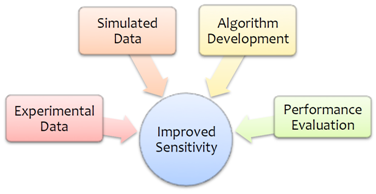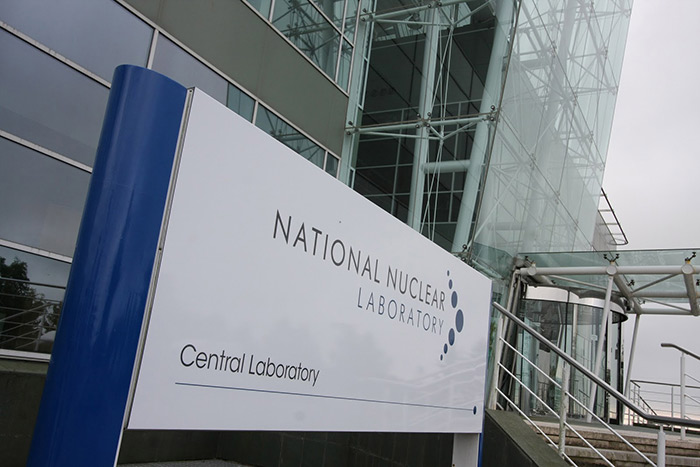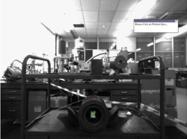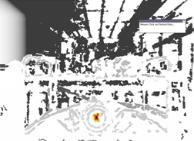Enhanced Waste Assay
L.J. Harkness-Brennan, H.C. Boston, A.J. Boston, P.J. Nolan, D.S. Judson
Assay of nuclear waste is a problem for both legacy waste sites (decommissioning) and for newly developing monitoring solutions for existing facilities and new build. A common assay method is to use gamma-ray spectroscopy to both identify and quantify the waste. This project aims to increase the sensitivity of these measurements, using advanced algorithms and novel detector technology.
Read more...
The expected outcomes are significantly reduced counting times and improved isotope identification in the presence of large backgrounds.
Algorithms have been developed aimed at improving the spectral response of BEGe (Broad Energy Germanium) detectors. The technique is based upon distinguishing low energy gamma rays that are absorbed near the outer surface of the detector, from Compton events arising from higher-energy gamma rays, which interact throughout the whole volume of the detector. The digital Compton suppression technique relies on a detailed characterisation of the position dependent response of the detector to gamma irradiation, for which the University of Liverpool has well-established facilities. The systems being considered will be modelled using simulation codes such as MCNP or GEANT. Realistic industrial performance tests will be performed, using the developed algorithms to evaluate the proposed solutions. These will take place at Canberra (Harwell) using their facilities that include waste drum analogues and at the National Nuclear Laboratory (NNL) Central Laboratory, through support from the Nuclear Decommissioning Authority (NDA).
L.J. Harkness-Brennan, D. J. (2014). An experimental characterisation of a Broad Energy Germanium detector. Nuclear Instruments and Methods in Physics Research Section A: Accelerators, Spectrometers, Detectors and Associated Equipment , 760, 28-39.



